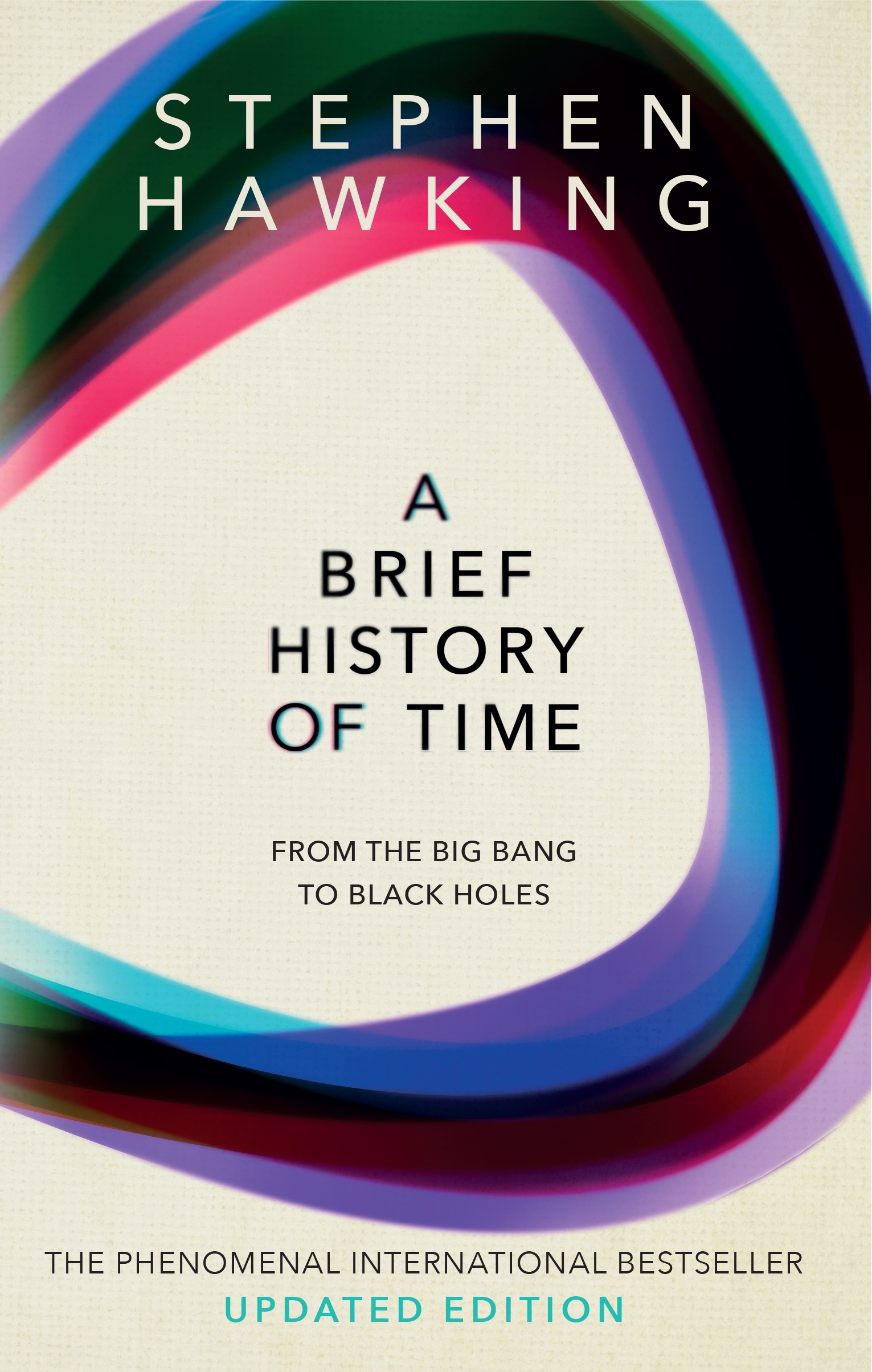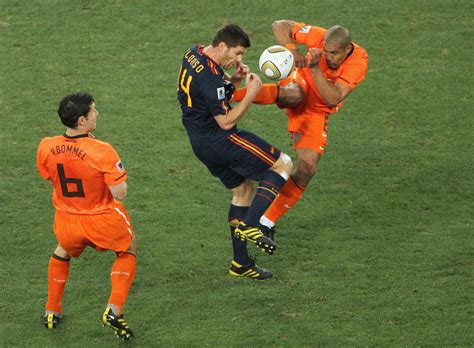by Qingyang Zhang, Y13
Are you interested in science, wanting to quench your thirst for knowledge by reading? This article contains a variety of physics and maths books that I recommend for fun and knowledge. I will provide a brief description of each book as well as a difficulty rating out of 5. Hyperlinks will take you to the Goodreads page for that book, a website that helps you set reading goals, build a reading community, read and write reviews, and follow authors: I highly recommend it to read more and better books.
Very short introduction series (2/5)
The very short introduction series are short books (less than 100 pages) written by subject experts that take complete beginners through the history of a field. Books are written on virtually any subject, but I have benefitted particularly from “Superconductivity” and “Magnetism”. The books start easy, but their difficulty escalates chapter by chapter.
Other books in this series include Quantum theory, Particle physics, Combinatorics, Cryptography, and Game theory.
Physics
I will start the list with three of Stephen Hawking’s books, as Hawking has had a significant impact on the public perception of physics. His books are highly accessible, but on the flip side simplistic. The books cover the broad questions in cosmology, quantum mechanics, and the nature of the universe.
A brief history of time (2/5)
The grand design (2/5)
The universe in a nutshell (2/5)
Richard Feynman is another science populariser with character who made discoveries in quantum electrodynamics. My mind was blown by Feynman’s explanation regarding energy conservation and perpetual motion machines in “Six easy pieces”, and his enthusiasm shines. We all learn the law of reflection and refraction in physics classes, but how do those laws come about? In “QED”, Feynman explains both phenomena as a pioneer in this field, as well as discussing wave-particle duality.
Six easy pieces (2/5)
QED: the strange theory of light and matter (3/5)
Problem solving skills are crucial skills for all scientists. This is why I recommend aspiring physicists to try this book of physics puzzles by Thomas Povey. The puzzles are written for pre-university level students, and vary in difficulty. They are presented with their solutions, but I would highly recommend attempting the puzzles before looking at them. Grappling with a hard problem yourself is a unique experience!
Professor Povey’s perplexing problems: Physics problem-solving (3/5)
Max Tegmark is a theoretical physicist who feels strongly about how mathematical beauty is reflected in the universe. My maths IA stemmed from reading this book, so maybe you can find inspiration from it too! Although I don’t agree with his stance of the universe being a mathematical reality, he explores theoretical physicists’ methodology, which interestingly contrasts with the traditional scientific method.
Our mathematical universe (3/5)
Joe Silk’s “The big bang” outlines different theories of galaxy and star formation, as well as the big bang theory. Silk delves into competing theories with heavy scientific terminology, which makes the book a bit dense. However, you should read this if you are interested in cosmology.
The big bang (3/5)
Kip Thorne’s “Black holes and time warps” analyzes how humans gained understanding of galaxies, solar systems, and black holes by developing general relativity, quantum theory, and nuclear physics. The high rating is more an acknowledgement of its length. I was deeply impressed by Thorne’s explanation of how theoretical physics advances and how collaboration between disciplines of physics contribute to rapid development.
Black holes and time warps (4/5)
This three-book series is hard! It sometimes appears on university reading lists, and it requires a firm grasp of calculus. However, you get to do real physics, seeing how statements we accept in physics classes are results of basic principles, entering the minds of great physicists as you use their own notation.
The theoretical minimum (classical mechanics, quantum mechanics, special relativity and classical field theory) (5/5)
How better to finish the physics list than a book from the master himself! This “booklet” is written by Albert Einstein for non-experts to understand the theory of special and general relativity.
Relativity: the special and general relativity (5/5)
Maths
I read the accessible “things to make and do in the fourth dimension” by Matt Parker in year 10. Matt Parker is a fun maths communicator, and I still remember the excitement of making my own “wobbler” using two circles.
Things to make and do in the fourth dimension (2/5)
Amir Aczel’s “Fermat’s last theorem” is a historical account of mathematicians’ fascination with Fermat’s last theorem. Aczel presents the beautiful mathematical world Fermat, Euler, Gauss, Shimura, Weil, Wiles and others explored. There are interesting connections between seemingly unrelated fields of mathematics which ultimately lead to proving Fermat’s last theorem. It made me realise the power of connections and versatility in maths, as well as collaboration between mathematicians.
Fermat’s last theorem (3/5)
Marcus de Sautoy brings us on an unexpected journey where the density of primes leads to complex numbers, then the famous Riemann hypothesis. I found the concepts challenging to understand but extremely fulfilling to read.
The music of primes (4/5)
The university of Cambridge also published a list of books for pre-university maths students, in which you can find more books that suit your interest.



